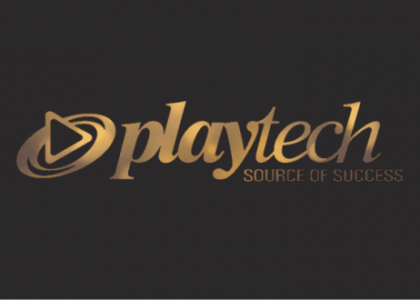

Jami Gong is how to calculate using fifo a Chartered Professional Account and Financial System Consultant. She holds a Masters Degree in Professional Accounting from the University of New South Wales. Her areas of expertise include accounting system and enterprise resource planning implementations, as well as accounting business process improvement and workflow design. Jami has collaborated with clients large and small in the technology, financial, and post-secondary fields.

FIFO: Periodic Vs. Perpetual
- However, brands using LIFO usually see a lower valuation for ending inventory and net income, and may not reflect actual inventory movement.
- When prices are increasing, companies using LIFO can benefit due to tax purposes.
- Average cost valuation can be useful for companies that sell a large volume of similar products, such as cell phone cases.
- FIFO is an inventory valuation method that stands for First In, First Out, where goods acquired or produced first are assumed to be sold first.
- Whether or not you actually sell your items in that order doesn’t matter as long as you use that approach for figuring out your cost of goods sold, gross profit, and inventory value.
- In this lesson, I explain the FIFO method, how you can use it to calculate the cost of ending inventory, and the difference between periodic and perpetual FIFO systems.
Keep up with Michelle’s CPA career — and ultramarathoning endeavors — on LinkedIn. Let’s say on January 1st of the new year, Lee wants to calculate the cost of goods sold in the previous year. So, as you organize your vanity drawers or the space under your sink, be sure to put the older products you have front and center—to ensure you use them first—and send any newer products to the back. For example, when you’re unpacking your latest grocery store haul—be intentional and put that new box of crackers or pasta behind the one you bought on your last trip.
FIFO in inventory management

Notice how DIO would increase because of higher inventory and lower COGS, which is precisely what happens when we use the FIFO method during an inflationary period. Using FIFO, the COGS would be $1,100 ($5 per unit for the original 100 units, plus 50 additional units bought for $12) and ending inventory value would be $240 (20 units x $24). Ecommerce merchants can now leverage ShipBob’s WMS (the same one that powers ShipBob’s global fulfillment network) to streamline in-house inventory management and fulfillment. With this level of visibility, you can optimize inventory levels to keep carrying costs at a minimum while avoiding stockouts. If you have items stored in different bins — one with no lot date and one with a lot date — we will always ship the one updated with a lot date first. When you send us a lot item, it will not be sold with other non-lot items, or other lots of the same SKU.

How to make calculating FIFO easier

Besides calculating COGS, you can use the FIFO accounting method to calculate the value of your remaining (unsold) inventory, also known as inventory valuation. In that case, you’ll multiply what you have left by the most recent price you paid your suppliers. While FIFO refers to first in, first out, LIFO stands for last in, first out. This method is FIFO flipped around, assuming that the last inventory purchased is the first to be sold.
- As a result, LIFO isn’t practical for many companies that sell perishable goods and doesn’t accurately reflect the logical production process of using the oldest inventory first.
- Some companies choose the LIFO method because the lower net income typically leads to lower income taxes.
- Inventory is typically considered an asset, so your business will be responsible for calculating the cost of goods sold at the end of every month.
- The average cost is found by dividing the total cost of inventory by the total count of inventory.
- If accounting for sales and purchase is kept separate from accounting for inventory, the measurement of inventory need only be calculated once at the period end.
- The FIFO (“First-In, First-Out”) method means that the cost of a company’s oldest inventory is used in the COGS (Cost of Goods Sold) calculation.
So, which inventory figure fixed assets a company starts with when valuing its inventory really does matter. And companies are required by law to state which accounting method they used in their published financials. Under the LIFO method, assuming a period of rising prices, the most expensive items are sold.
- There are three other valuation methods that small businesses typically use.
- Using FIFO does not necessarily mean that all the oldest inventory has been sold first—rather, it’s used as an assumption for calculation purposes.
- LIFO usually doesn’t match the physical movement of inventory, as companies may be more likely to try to move older inventory first.
- For the remaining 200 she sold uses the unit cost of batch 2, $1.00.
- Warehouse management refers to handling inventory and similar tasks within a warehouse environment.
- For brands looking to store inventory and fulfill orders within their own warehouses, ShipBob’s warehouse management system (WMS) can provide better visibility and organization.
Inventory value is then calculated by adding together the unique prices of every inventory unit. FIFO, on the other hand, is the most common inventory valuation method in most countries, accepted by International Financial Reporting Standards Foundation (IRFS) regulations. Under FIFO, the brand assumes the 100 mugs sold come from the original batch. Because the brand is using the COGS of $5, rather than $8, they are able to represent higher profits on their balance sheet. A higher inventory valuation can improve a brand’s balance sheets and minimize its inventory write-offs, so using FIFO can really benefit a business financially.

